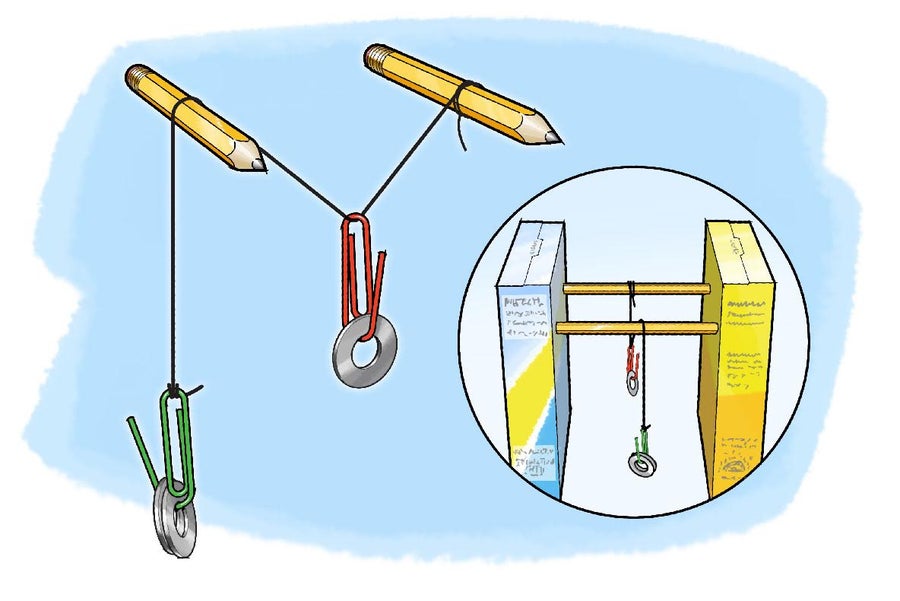 |
| January 5, 2024 |
 |
| |
| |
| |
| Astronomy Behold--the Best Space Images of 2023 This year's most interesting space images include infrared views of galactic "bones," an asteroid's double moon, Jupiter's giant polar vortex, and more | | | | |
| |
| |
| |
| |
| |
| |
| |
| |
BRING SCIENCE HOME
 | | Lighten the Load with a Pulley |  Heave-ho no more: Build a simple machine that can help you do the heavy lifting. Credit: George Retseck | Before the industrial age people largely had to rely on muscle power to move and lift heavy objects. Simple machines such as pulleys, levers and ramps made it easier for humans to lift heavy objects like rocks and logs. In this project you will use simple household materials to explore one of these classic machines: the pulley. | |  | |
LATEST ISSUES
 |
| |
| Questions? Comments?  | |
| Download the Scientific American App |
| |
| |




